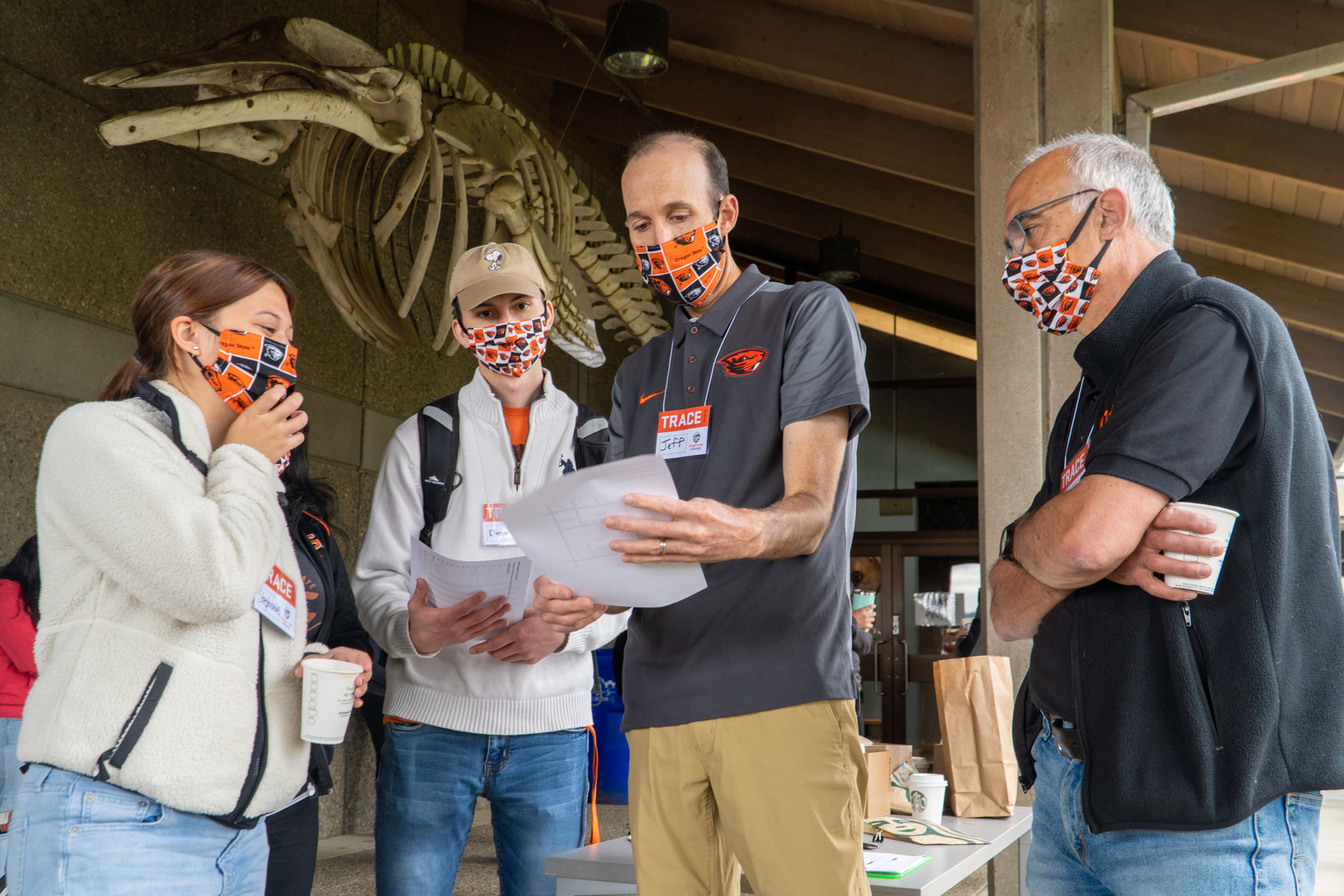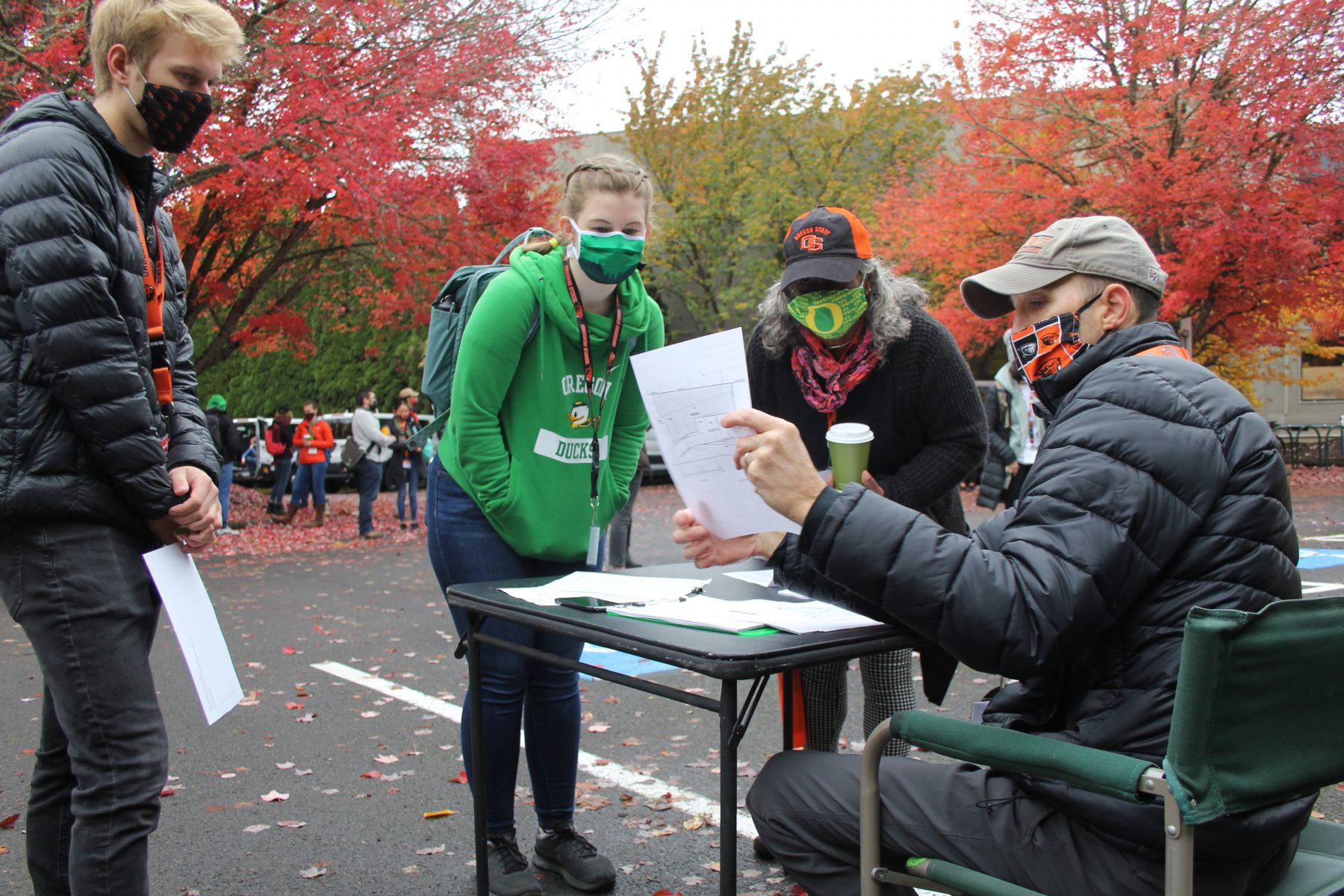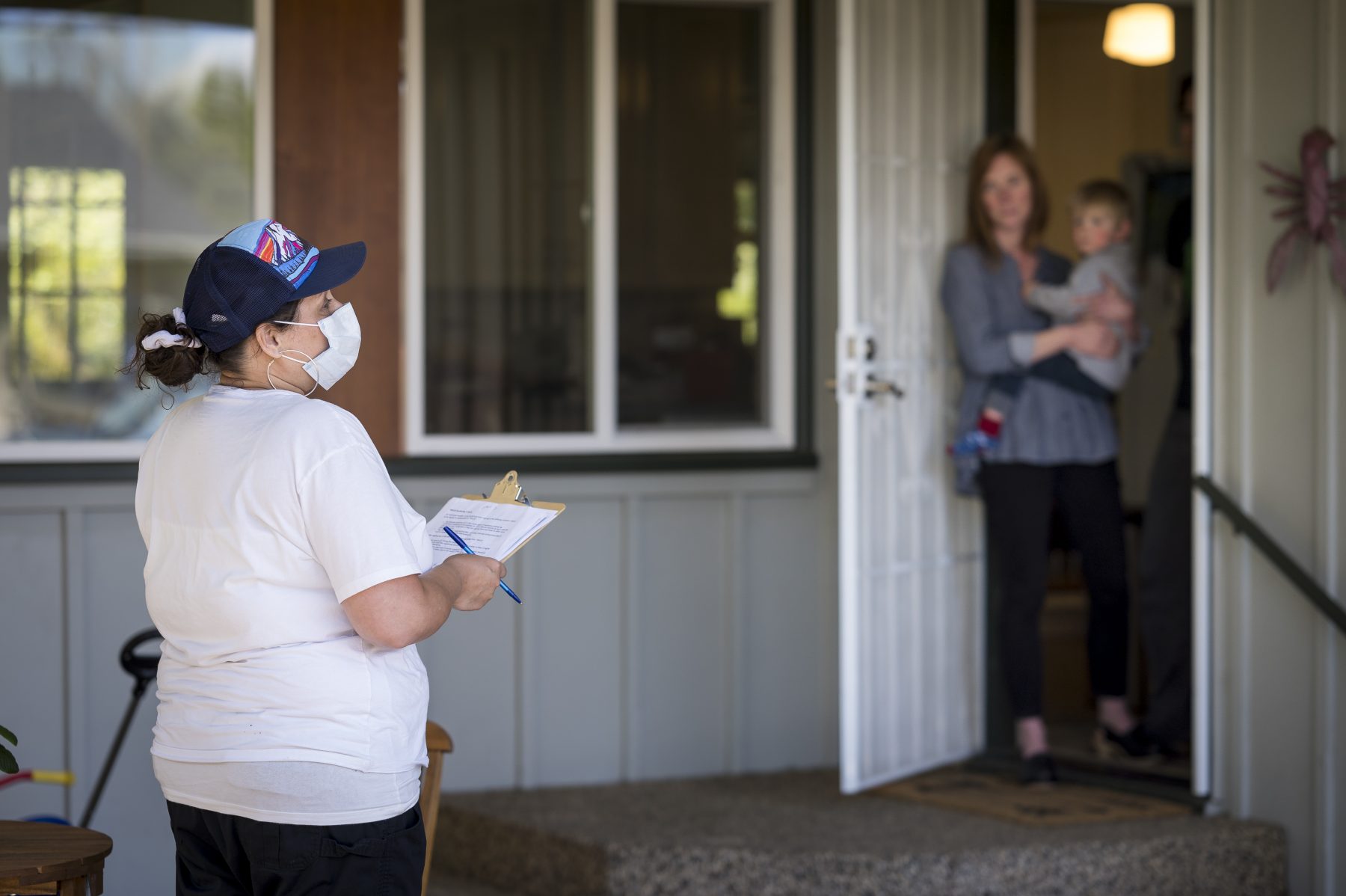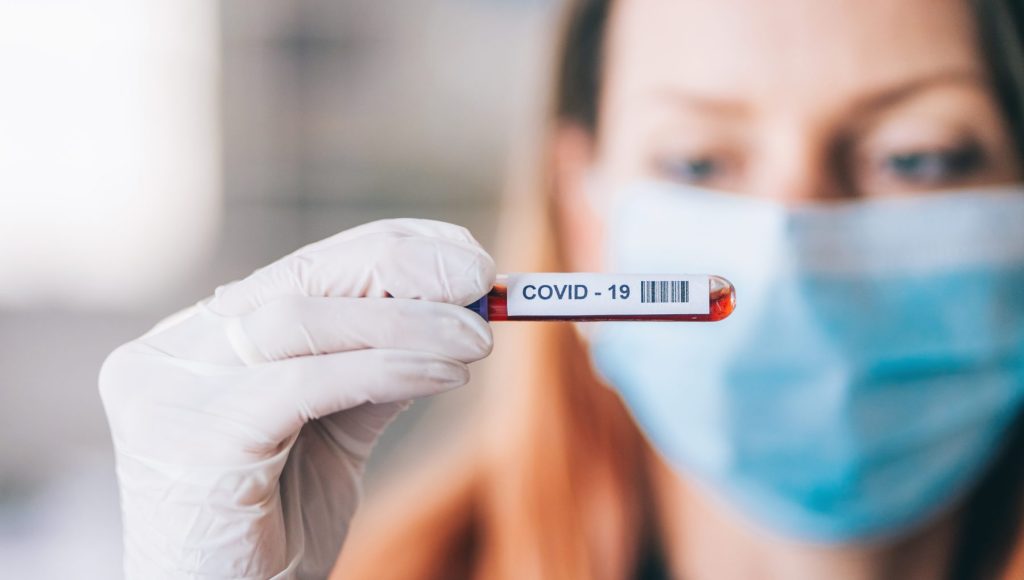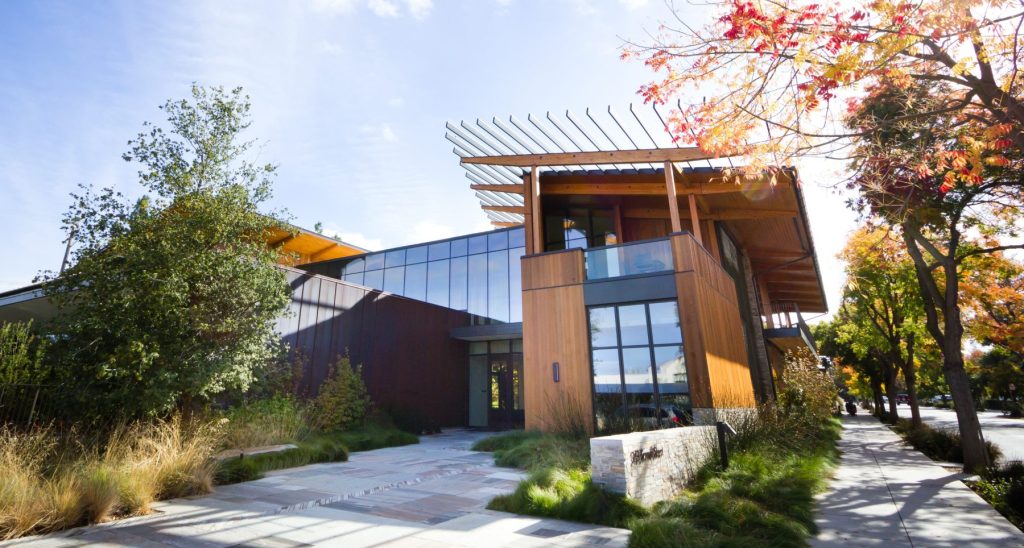When it comes to preventing the spread of the coronavirus, knowing who is infected with the virus right now is more helpful than knowing who was infected two weeks ago. Yet, most of our existing coronavirus testing strategies have relied on these so-called “trailing indicators” that tell us more about past infections than current infections.
Most current coronavirus testing is focused on individuals who are experiencing symptoms of the virus or people who voluntarily opt-in to get tested, even if they aren’t showing symptoms. But we know that the virus doesn’t produce symptoms right away, if at all. So, this kind of testing approach gives us mixed information: Some of the tests are telling us who was infected a week or more ago, and some of the tests are telling us who was just infected. To complicate matters, neither sampling approach provides a statistically robust assessment of the prevalence and spread of the virus in a particular community, leaving our public health officials with very imperfect data on which to base their actions and recommendations.
So how can we better track the virus? One solution: Gather statistically robust sampling that pairs research design with community engagement. That’s the idea behind TRACE — a population testing and monitoring approach that can shed light on the prevalence and spread of COVID-19 in a community in near real time.
TRACE stands for Team-Based Rapid Assessment of Community-Level Coronavirus Epidemics, and it has been a game-changer in several of the communities where it’s been rolled out. Using a census-like sampling design combined with multiple testing strategies, TRACE enables community-level virus surveillance that helps us know, right now, who has the virus and how prevalent it is in a given community. This information is crucial for schools, businesses, and public health officials to have in order to make smart decisions about when and how to re-open local economies and resume public life safely.
The Packard Foundation was able to respond quickly with funding support when the TRACE team first proposed their approach in April, just as the pandemic was beginning to spread dangerously across the country. The Foundation’s funding enabled the launch of the program and has provided the resources to expand the project, which in turn has attracted other support as its value has become clear. The project is being led by a team of scientists and public health experts at Oregon State University, in partnership with public health authorities and workers in communities across Oregon. Additional funding support has been provided by OSU, the Oregon Health Authority, and PacificSource Community Solutions.
Real-time data for real-time decision making
The TRACE project has taken their approach to four communities in Oregon — Corvallis, Bend, Newport, and Hermiston. Drawing from the same methods used by the Census, a number of randomly selected households within a representative set of neighborhoods in these communities were invited to participate in TRACE testing through door-to-door outreach by TRACE field staff. Willing participants were given self-administered coronavirus testing kits to use inside of their homes and immediately return their test samples to the TRACE teams.
These test samples can be combined with other strategies — wastewater/sewage testing, internet-connected thermometer data, tracking the genetic evolution of virus itself, and contact tracing — to get an integrated picture of the status and spread of the virus in each community. Wastewater monitoring has proven to be particularly useful in identifying community hotspots and informing researchers where to send out TRACE teams to do the household-level testing.
TRACE has been able to bring their testing to traditionally underserved and racially diverse populations. Field staff have worked closely with community leaders prior to making visits, and where possible, have recruited additional staff directly from the communities. Outreach materials and key messaging have been made available in a variety of languages. And bilingual community health workers and a call center have been engaged to assist TRACE participants in obtaining their testing results and explaining their options.
The results of the project have been remarkable, offering timely, critical information that government and public health officials could use to make more informed decisions about where to concentrate health resources, how to keep communities safe, and how to proceed with re-opening communities.
In April and May, in the communities of Corvallis and Bend where the prevalence of the disease was low, TRACE results gave county health officials the confidence they needed to move ahead with reopening plans. In mid-June in Newport, where results showed pockets of high prevalence of the virus, county and city officials moved quickly to address those outbreaks and adjust re-opening plans accordingly, with immediate actions that lowered the prevalence in just three weeks. And in Hermiston, where TRACE results revealed an exceptionally high prevalence of the disease in late July, State leaders stepped in to shift the county back to stay-at-home measures. The immediacy of the results have been credited with containing outbreaks.
Adapting and expanding the TRACE model
The Packard Foundation has been closely following the early work of the TRACE team and how it is being effectively used to inform local policies and practices for re-opening communities following shelter-in-place directives. In addition to the $1.15 million initially committed to this study, the Foundation has recently approved an additional $2 million to the TRACE team to expand the effort to other states and universities. Most notably, this funding will go to support the establishment of a coordination center that can provide the training, infrastructure, and rapid skills-sharing needed to quickly scale the TRACE model to other geographies.
There are approximately 150 research universities across the United States who have the capacity to help scale this. Many of these research universities have untapped capacity to contribute to helping their states tackle the coronavirus. They represent hidden but powerful potential that could be enlisted in fighting the virus.
I am eager to see how this integrated, public health, science-to-action model will continue to evolve and adapt to meet communities’ needs. The TRACE team is looking for university partners willing to work with their public health departments and other philanthropies who are interested in adapting the TRACE model to their states and their communities. If you represent one of these institutions and are interested in learning from or adapting the TRACE model to your community, contact the TRACE team.
Photo use courtesy of Oregon State University and Sean Nealon

